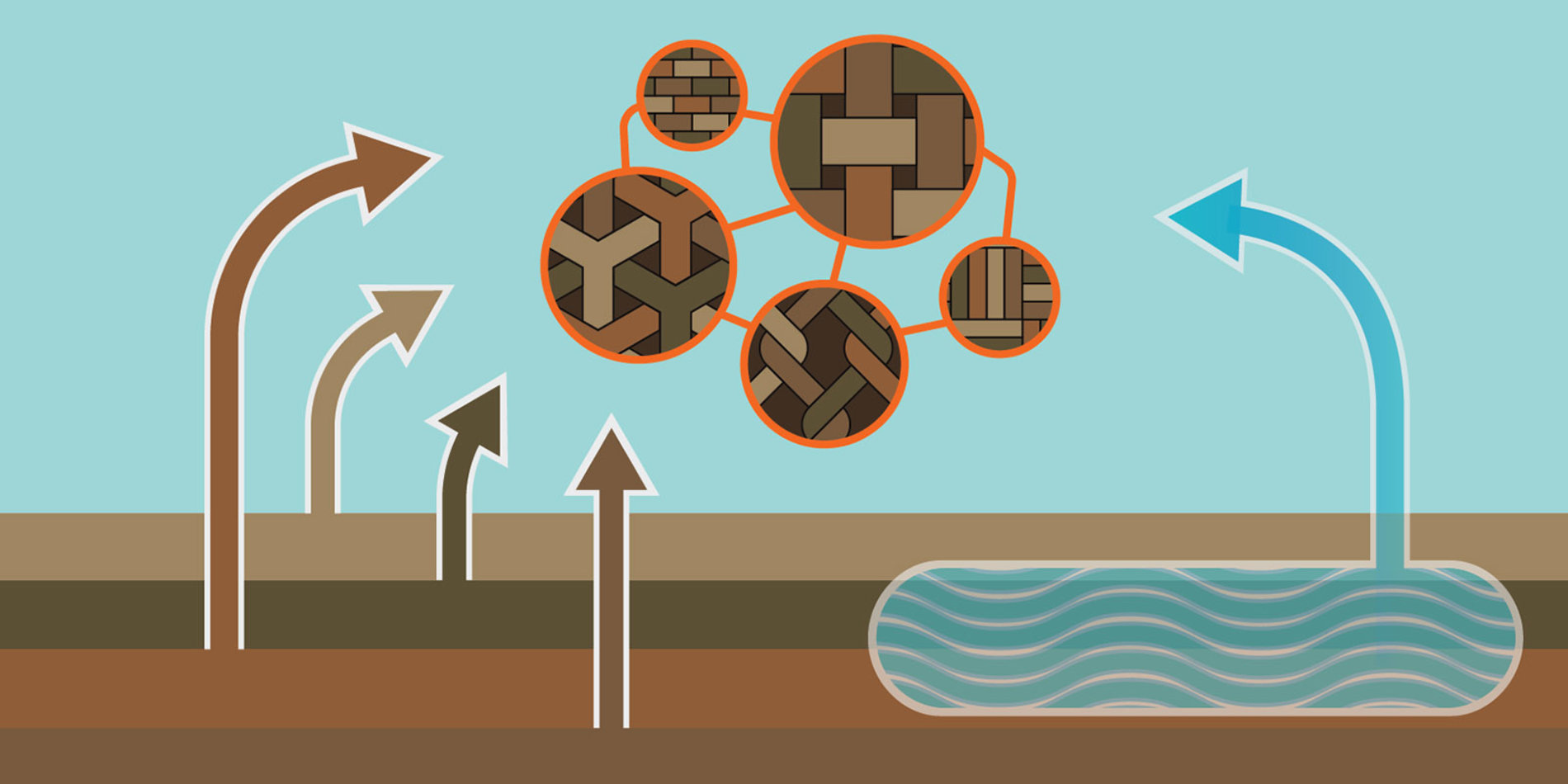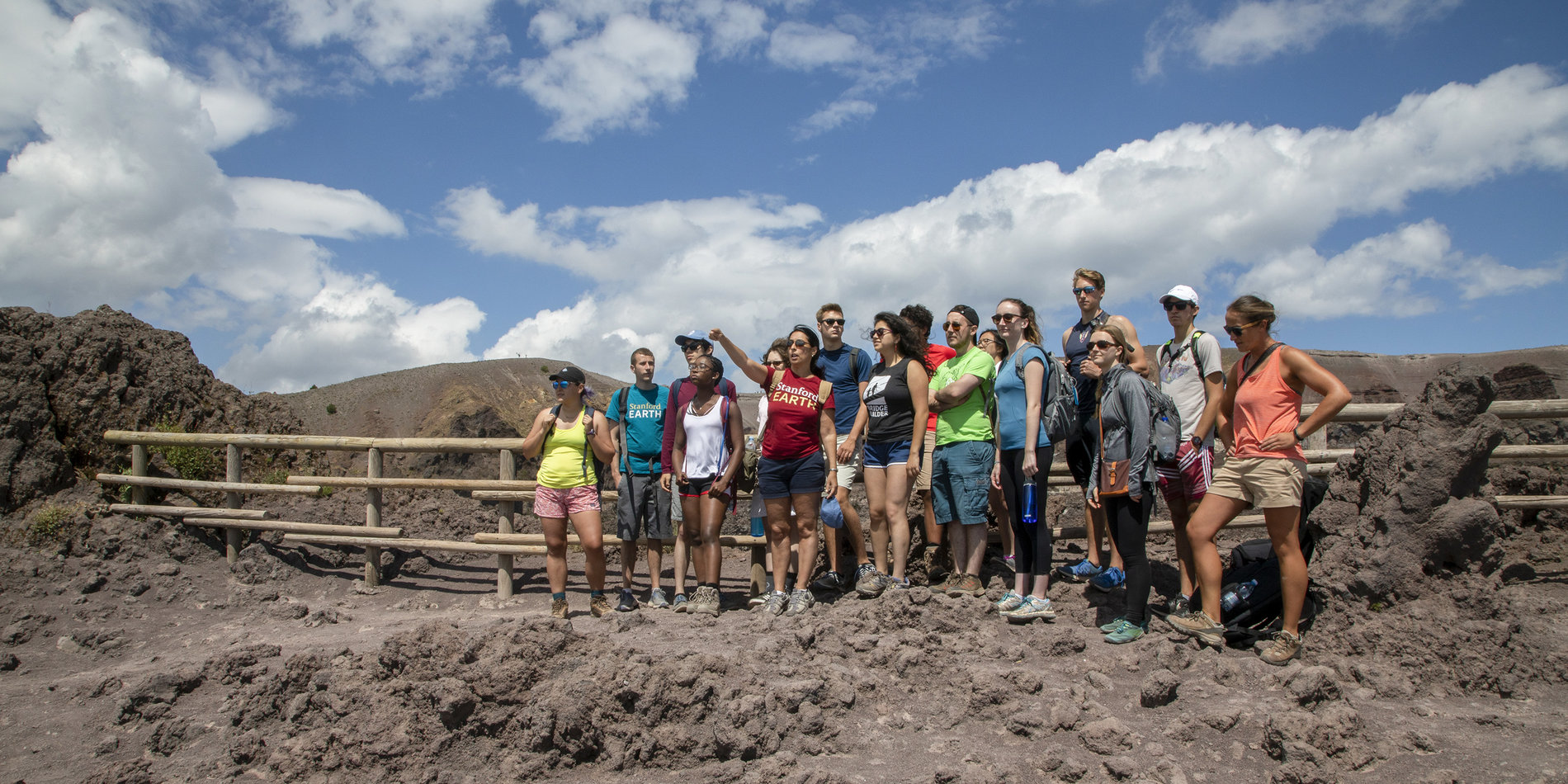The Rock Physics and Geomaterials Lab studies rocks and material resources to marshal environmental solutions for fluid injection and storage in the Earth’s underground, energy sources, and manufacturing processes.
We study the physical and mechanical properties of rocks, and the derived porous geomaterials. We conduct laboratory experiments that simulate Earth processes, and integrate measurements as well as imaging techniques to quantify textural and physical changes.
Research Focus Areas

Earth Processes and Rock Properties
Studying rock physics and chemistry serves as the bedrock of our comprehension of Earth — encompassing the materials comprising it, the properties derived from its structure, and the ongoing processes that cyclically exchange energy and matter across various environments. Our research zeroes in on analyzing how rock properties respond to processes occurring within the Earth’s crust. These encompass chemical, mechanical, and thermal stimuli replicated in laboratory settings, aimed at mimicking the solid-fluid interactions perpetually shaping the evolution of our planet.

Geomimetics
Geomimetics seeks to understand the intersection of Earth's Chemistry and Mechanics for Sustainable Engineering. Exploring how Earth conducts chemistry and how its chemical processes influence mechanics has become crucial for engineering endeavors that leverage Earth’s inherent capabilities and its capacity to generate sustainable materials. Underground reactions utilize environmentally friendly rock materials and potent solvents like water, particularly effective under hydrothermal conditions. Our research delves into the micro- and nanostructures of rocks and their associated processes, aiming to optimize Earth's resources and functionalities sustainably, thereby propelling civilization forward.






